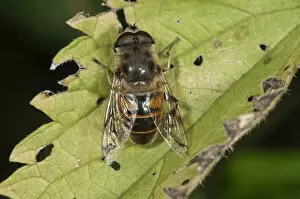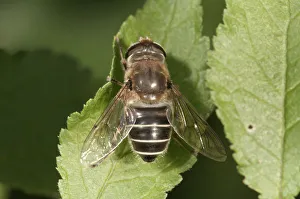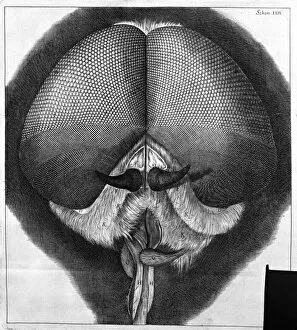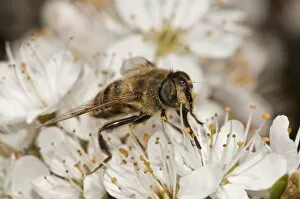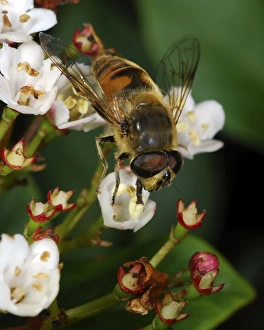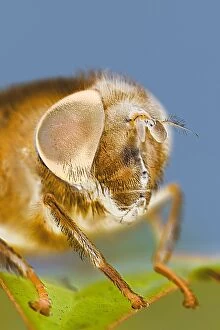Drone Fly Collection
The Grey drone-fly, also known as Eristalis nemorum, is a fascinating insect that has captured the attention of scientists and artists alike
All Professionally Made to Order for Quick Shipping
The Grey drone-fly, also known as Eristalis nemorum, is a fascinating insect that has captured the attention of scientists and artists alike. In Robert Hooke's Micrographia from 1664, observation XXXIX showcases the intricate details of this remarkable creature. The artist skillfully captures the essence of the drone fly in its natural habitat. One captivating image depicts an adult drone fly resting gracefully on forget-me-not flowers covered in glistening raindrops along the River Whiteadder. The delicate balance between nature and beauty is evident in this mesmerizing scene. In Untergroeningen, Baden-Wuerttemberg, Germany, Europe, another European hoverfly or Drone fly -Eristalis tenax- can be seen basking in the warm sunlight. Its vibrant colors stand out against a backdrop of lush greenery. This male specimen exudes confidence and grace as it takes a moment to soak up some rays. Not to be outdone by its male counterpart, a female Dronefly -Eristalis tenax- enjoys sunbathing nearby. Her wings shimmer with iridescent hues as she soaks up every ray of sunshine available to her. Robert Hooke's engraving from Micrographia provides us with an intimate look at the eyes and head of a Grey drone-Fly. The level of detail captured through 17th-century microscopy is truly remarkable and allows us to appreciate the intricacies that make these creatures so unique. Hoverflies are not just beautiful; they also play an essential role in our ecosystem. Images capturing them feeding on flowers highlight their importance as pollinators. These tiny insects contribute significantly to plant reproduction while adding splashes of color to our surroundings. Whether it's observing their behavior or admiring their aesthetic appeal, there is no denying that Drone flies are captivating creatures worth celebrating. From their elegant resting positions on raindrop-covered petals to their vital role as pollinators, these insects remind us of the beauty and complexity found in nature.




